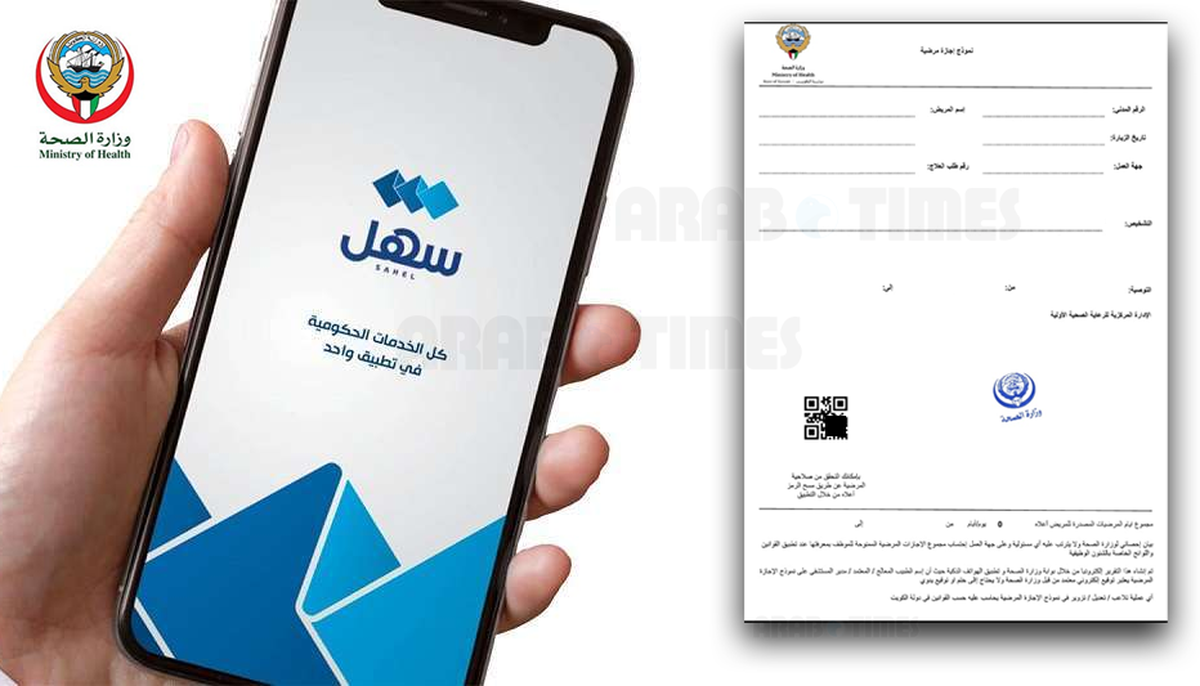14/07/2025
14/07/2025

In Kuwait’s private sector, understanding your rights and responsibilities around sick leave is essential. Governed primarily by Law No. 6 of 2010, the law outlines not only how sick leave is granted and calculated, but also what happens when it goes unused. Here’s a complete guide for private-sector employees in Kuwait.
No Compensation for Unused Sick LeaveEmployees should be aware that unused sick leave days do not carry over to the next year and cannot be encashed. If an employee doesn’t use their allotted sick leave within a given year, it simply expires. There is no provision in Kuwaiti labor law to accumulate sick leave or receive financial compensation for unused days.
- First 15 days: Full pay
- Next 10 days: 75% of salary
- Next 10 days: 50% of salary
- Next 10 days: 25% of salary
- Beyond 45 days: No pay
This structure aligns with the model used by Kuwait’s Civil Service Commission and is widely enforced across the private sector.
How to Apply for Sick Leave via the Sahel App in Minutes
Without a doctor's consultation, you can submit a sick leave. You can submit 3 sick leave requests within a month
- Open your Sahel App
- Choose Services > Ministry of Health > Medical Sick Leave
- Request for Electronic Sick Leave
- Choose Workplace (if your workplace doesn't appear choose Others)
- Enter sick leave date
- Your Mobile No will appear
- Download your sick leave (Pdf format)
- Submit your sickleave to your company
- The diagnosis (may be general)
- Duration of recommended rest
- Doctor’s name and signature
- Official stamp of the clinic or hospital
Some companies only accept sick notes issued by MoH-approved institutions, so it's crucial to confirm your employer's policy.
- Public holidays and annual leave days do not count against your sick leave balance.
- If you exceed the 45-day entitlement, subsequent sick days are unpaid unless otherwise approved.
- Days 1–15: Paid at 100%
- Days 16–20: Paid at 75%
- Days 1–15: 100%
- Days 16–25: 75%
- Days 26–35: 50%
- Days 36–45: 25%
- Days 46–50: Unpaid
- Consider the excess days as unpaid leave
- Initiate disciplinary procedures, which could include termination
- 30 days with full pay
- 15 days with ¾ pay
- 15 days with ½ pay
- 15 days with ¼ pay
- 30 days with no pay
- In special cases, these may be doubled based on medical reports
- If the employee remains unfit after all leave, termination with full severance may follow
Sick leave is a legal right—but also a regulated process
For more legal queries, visit our legal section. For new queries, email us at [email protected]


